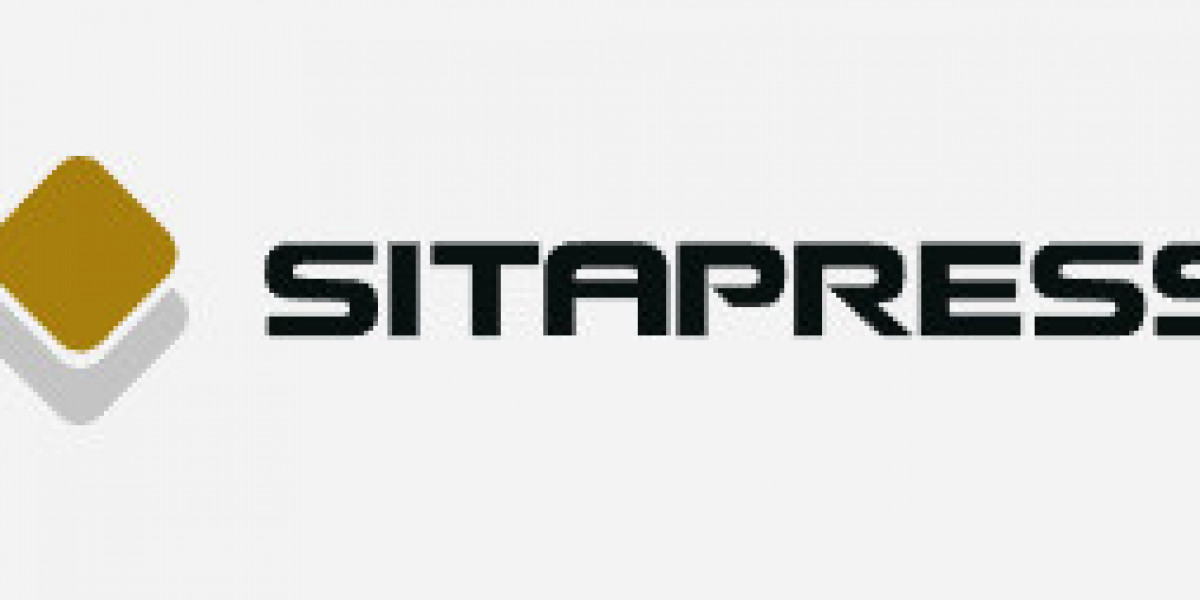Managing data effectively has become a critical challenge for businesses and individuals alike in an increasingly digital world. With data volumes expanding at an exponential rate, organizations and professionals require flexible, scalable solutions to securely store and efficiently access crucial information. This is where NAS systems, or Network Attached Storage systems, enter the picture.
This detailed guide will break down what NAS systems are, how they function, their key benefits, and the value they bring to data storage efficiency. We’ll also explore their practical applications and help you determine if implementing NAS storage solutions is the next step for your business or personal projects.
What Is a NAS System?
At its core, a NAS system is a data storage device connected to a network, designed to serve multiple users and devices simultaneously. Unlike traditional external hard drives that must be physically plugged into a computer, NAS systems enable network-based access, allowing users access to shared data within the network environment.
Think of NAS systems as centralized data hubs. Instead of storing files on individual devices, various users can upload, share, and retrieve data from a single or clustered system, ensuring seamless access and collaboration.
Key Features of NAS Systems
Centralized Storage
NAS systems act as a singular repository for data, reducing redundancy across devices and ensuring data consistency.
Ease of Scalability
From small enclosures that hold a few drives to sophisticated enterprise-level setups supporting dozens, NAS systems are built to expand with your needs.
Redundancy with RAID Configurations
Modern NAS systems often integrate multiple levels of RAID (Redundant Array of Independent Disks), ensuring data integrity even if a drive fails.
Multi-User Accessibility
Shared network access makes NAS invaluable in collaborative environments, enabling simultaneous use.
How Do NAS Systems Work?
A NAS system typically consists of the following components:
Hardware
A NAS device contains a motherboard, CPU, RAM, Ethernet ports, and spaces for disk drives. Enterprise-grade systems may even integrate SSDs for faster data retrieval.
Software
Across the hardware layer sits NAS operating systems designed for storage management. These include features for remote access, real-time backups, user permissions, and advanced data encryption.
Connecting to a Network
Connected to a local area network (LAN), the NAS system communicates with other devices through protocols like SMB (Server Message Block), NFS (Network File System), and AFP (Apple Filing Protocol).
Once set up, users can upload, retrieve, and interact with stored data on the system via secure credentials. Certain NAS systems also support cloud synchronization, allowing businesses to maintain both onsite and offsite backups for additional resilience.
Benefits of NAS Storage Solutions
NAS systems offer numerous advantages that make them a preferred choice for individuals, businesses, and enterprises alike. Let's explore their key benefits below:
1. Enhanced Data Storage Efficiency
By consolidating data into a centralized hub, NAS systems eliminate scattered files across various devices. This ensures a streamlined storage solution that enhances productivity and reduces clutter.
2. Reliable Backup and Data Security
NAS storage solutions allow automated backups, safeguarding data against accidental deletions or cyberattacks. Paired with RAID configurations, even hard drive failures become manageable with zero loss of critical files.
3. Cost-Effective Scalability
Unlike cloud storage options that often charge based on capacity, NAS systems offer far better cost predictability. Businesses can start small with minimal drives and incrementally increase capacity without significant disruption.
4. Remote Accessibility and Collaboration
Gone are the days when physical drives were passed between users. NAS systems facilitate seamless file sharing from anywhere in the world, enabling remote teams to collaborate securely.
5. Cross-Platform Compatibility
Modern NAS systems integrate effortlessly with various operating systems (Windows, macOS, Linux), streamlining data handling regardless of platform preferences.
6. Powerful Customization Features
Many advanced NAS systems now support custom apps (such as Plex for media servers) and integrations with third-party tools for syncing, analytics, or workflow management.
Real-World Applications of NAS Systems
NAS systems unlock great potential across a wide range of industries and use cases. Here’s how they're practically utilized today:
Small Businesses
Small businesses rely on NAS storage systems for centralized file storage, ensuring that teams have consistent and secure access to critical operational data. From financial records to marketing decks, all files stay organized and accessible.
Media Professionals
Photographers, videographers, and content creators often deal with large data volumes. NAS provides fast access and playback for high-resolution files, coupled with redundancy that protects years’ worth of work.
Enterprises
For organizations with vast data requirements, enterprise-grade NAS systems handle massive datasets with ease. Whether managing extensive archives or operating real-time big data analytics, NAS solutions provide the backbone for efficient workflows.
Home Usage
Tech-savvy homeowners can use NAS systems as private cloud servers for streaming, backing up family devices, and safeguarding personal digital libraries.
How to Find the Right NAS Solution for You?
With countless options on the market, how can you choose the NAS system that’s best suited for your needs?
Assess Your Capacity Requirements
Start by evaluating how much data you plan to store. Small NAS devices typically offer 2-4 drive bays with capacities of 8-20 TB, while larger models can exceed hundreds of TB.
Choose RAID Configurations Carefully
For those seeking enhanced reliability, consider RAID configurations that balance redundancy and performance (e.g., RAID 5 or 6).
Look for Advanced Features
Whether you need VPN access for your remote team or scalable connections across VLANs, choose a solution packed with features for your organizational scale.
Is a NAS System Right for You?
If your business or personal projects involve handling growing data volumes, frequent collaboration, or requirements for secure backups, NAS storage solutions offer unmatched versatility and efficiency. Leave the chaos of scattered files and expensive cloud storage fees behind—opt for a system that can truly transform how you manage data.









